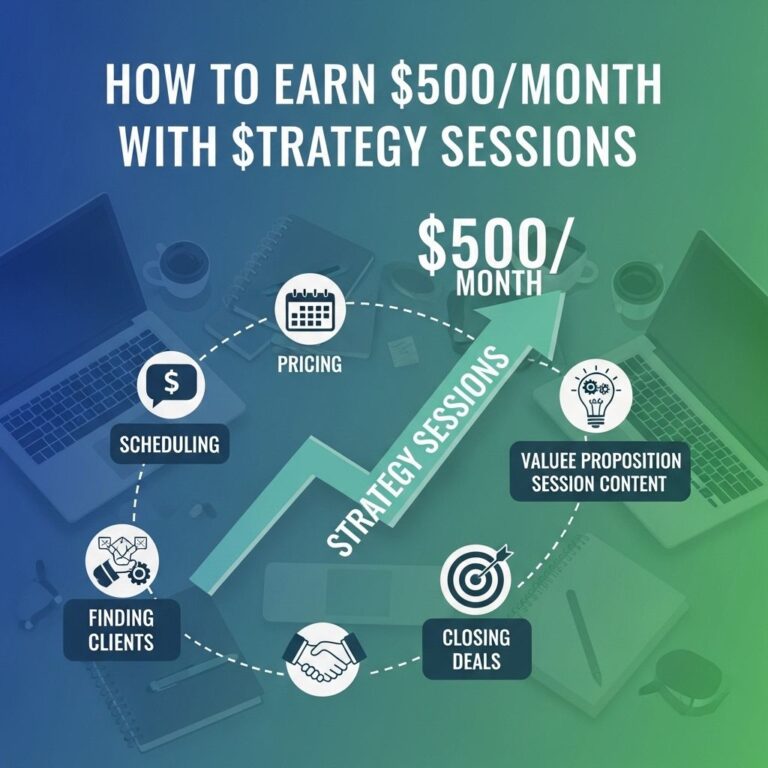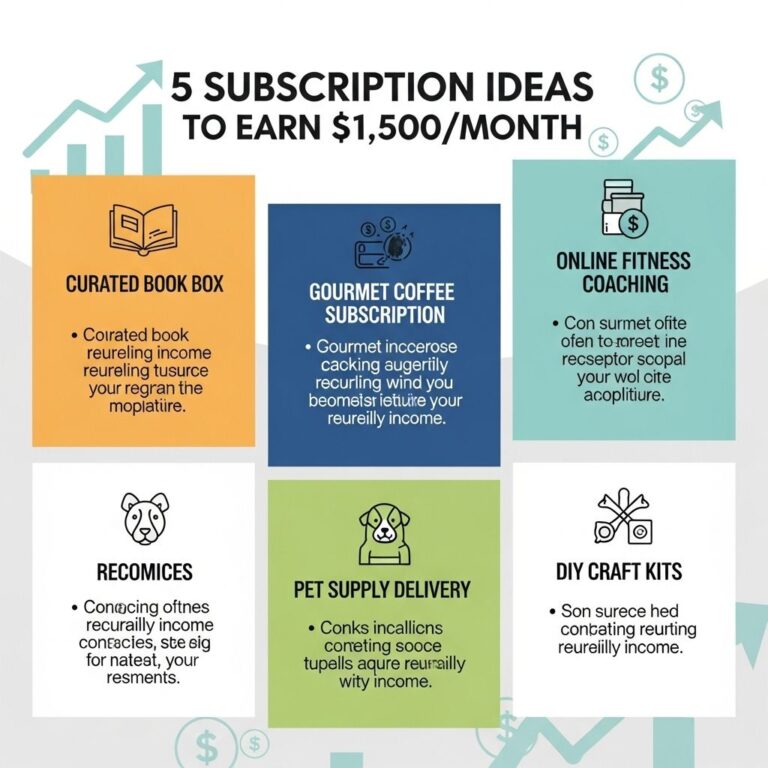In today’s fast-paced retail environment, the concept of launching a seasonal store has gained significant traction among entrepreneurs looking to capitalize on niche markets and holidays. With a starting budget of $10,000, you can create a vibrant store that captures the spirit of the season, whether it be Halloween, Christmas, or summer festivities. This article will provide you with a detailed roadmap to turn your seasonal store idea into reality, from planning and budgeting to marketing and operations.
Table of Contents
Understanding the Seasonal Retail Landscape
Seasonal stores are pop-up shops that operate for a limited time, typically during high-demand periods. They present unique opportunities to offer specialized products that align with specific seasons or holidays. Before launching your store, it’s essential to conduct market research to identify potential niches and target audiences.
Benefits of a Seasonal Store
- Lower Overhead Costs: Limited-time operations reduce the expenses associated with long-term leases and staffing.
- High Profit Margins: Seasonal products often command higher prices, especially if they are unique or hard-to-find.
- Flexibility: Entrepreneurs can quickly adapt their inventory based on consumer trends and preferences.
- Community Engagement: Seasonal stores can create buzz and attract local customers, contributing to community spirit.
Planning Your Seasonal Store
Identifying Your Niche
To successfully launch a seasonal store, the first step is to identify the niche you want to target. Here are some popular options:
- Holidays: Focus on specific holidays like Christmas, Halloween, or Easter.
- Themed Events: Consider seasonal events like summer festivals or back-to-school promotions.
- Local Traditions: Tailor your offerings to fit local customs and traditions.
Budgeting Essentials
With a budget of $10,000, it’s crucial to allocate funds wisely. Here’s a suggested breakdown:
| Expense Category | Estimated Cost |
|---|---|
| Inventory | $4,000 |
| Storefront Rental | $2,500 |
| Marketing | $1,500 |
| Utilities and Setup | $1,000 |
| Staffing | $1,000 |
Sourcing Products
Finding the right products for your seasonal store is key to attracting customers. Consider these sourcing strategies:
Local Vendors and Artisans
Collaborate with local artisans or vendors to support your community while offering unique products. This can also help reduce shipping costs and promote local culture.
Online Wholesale Platforms
Utilize online platforms like Alibaba or Faire to find wholesale products at competitive prices. This is an excellent way to discover trending items.
Custom Merchandise
If you have a creative flair, consider designing custom merchandise tailored to your niche. This could include unique designs for T-shirts, decorations, or gift items.
Creating a Buzz: Marketing Strategies
Building an Online Presence
In the digital age, having a robust online presence is essential. Here are some strategies to consider:
- Social Media Marketing: Leverage platforms like Instagram and Facebook to showcase your products. Engage with potential customers through interactive posts, stories, and giveaways.
- Email Marketing: Collect email addresses through your website and social media to send out newsletters and exclusive offers.
- Influencer Collaborations: Partner with local influencers to review and promote your store, tapping into their follower base.
On-the-Ground Marketing
While online marketing is crucial, don’t overlook traditional methods:
- Flyers and Posters: Distribute promotional material in your local area to attract foot traffic.
- Community Events: Participate in local events or fairs to increase brand visibility and connect with potential customers.
Setting Up Your Store
Once you have your products and marketing strategies in place, it’s time to focus on setting up your store.
Choosing a Location
Location can greatly influence your seasonal store’s success. Look for high-traffic areas that align with your target audience, such as shopping malls, busy streets, or local markets.
Store Layout and Design
Creating an inviting and visually appealing store layout is vital. Consider the following:
- Product Placement: Arrange products logically for ease of browsing.
- Signage: Use clear, attractive signage to draw attention to your store and highlight promotions.
- Themed Decor: Incorporate thematic decorations to enhance the seasonal atmosphere.
Operational Considerations
Staffing Your Store
Depending on the scale of your store, you may need to hire temporary staff. Here are some tips:
- Recruit Friendly Staff: Look for individuals who are enthusiastic and can provide excellent customer service.
- Training: Ensure your staff is knowledgeable about your products and can effectively engage with customers.
Managing Inventory
Efficient inventory management is key to avoiding overstock or stockouts. Consider implementing:
- Point-of-Sale Systems: Utilize POS systems to track sales and inventory in real-time.
- Regular Audits: Conduct regular inventory audits to assess product performance and adjust orders accordingly.
Success Strategies for Your Seasonal Store
As you launch your seasonal store, keep the following success strategies in mind:
Customer Engagement
- Build Relationships: Foster connections with your customers to encourage repeat business.
- Feedback Loop: Solicit feedback to improve offerings and customer experiences.
Track Performance
Monitor sales data, customer feedback, and marketing effectiveness continually to refine your strategies.
Conclusion
Launching a $10,000 seasonal store can be a fulfilling endeavor that allows you to tap into the excitement of seasonal shopping. By carefully planning your niche, budgeting effectively, and implementing savvy marketing strategies, you can create a successful temporary retail experience. Embrace the journey, adapt to challenges, and celebrate each success as you carve your niche in the seasonal retail landscape.
FAQ
What are the first steps to launching a seasonal store?
Begin by identifying your target market and the seasonal products you’ll offer. Conduct market research to understand demand and competition, and create a business plan outlining your budget, marketing strategy, and operational logistics.
How can I keep the startup costs under $10,000?
Focus on essential expenses such as inventory, minimal marketing, and a user-friendly e-commerce platform. Consider dropshipping or renting a small retail space to reduce overhead costs.
What types of products work well in a seasonal store?
Seasonal stores can thrive by selling items like holiday decorations, summer apparel, or seasonal gifts. Choose products that align with the season and have a strong appeal to your target audience.
How should I market my seasonal store?
Utilize social media, email marketing, and seasonal promotions to attract customers. Collaborate with local influencers and participate in community events to increase visibility.
What are the best platforms for launching an online seasonal store?
Popular e-commerce platforms like Shopify, WooCommerce, or Etsy are great for launching an online seasonal store due to their user-friendly interfaces and built-in marketing tools.
How can I manage inventory for my seasonal store?
Implement an inventory management system that tracks sales and stock levels. Order inventory based on projected demand and consider offering pre-orders to gauge interest before the season starts.









